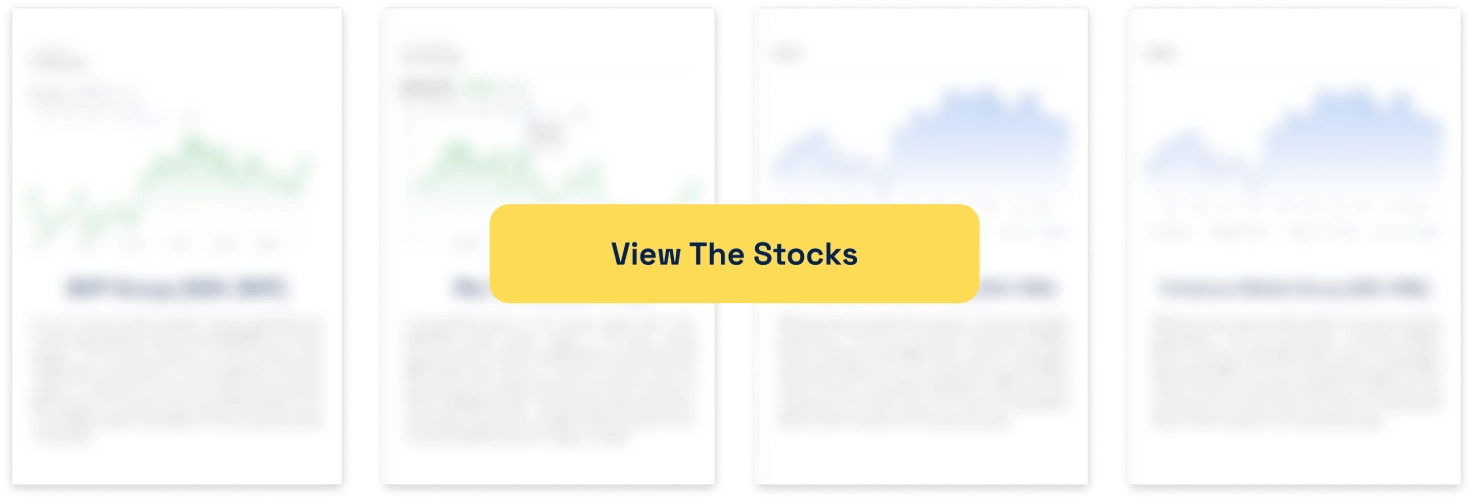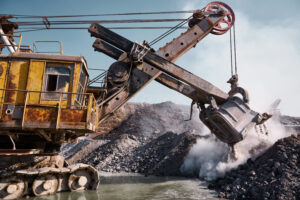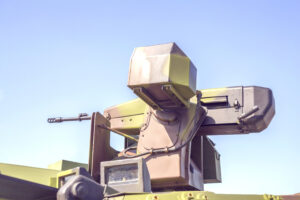Arizona Lithium (ASX:AZL): Little (lithium) House on the Prairie
![]() Stuart Roberts, July 18, 2025
Stuart Roberts, July 18, 2025
Arizona Lithium (ASX:AZL)
We suspect Arizona Lithium (ASX:AZL) is going to have to change its name in the not-too-distant future, because the company has just sold its foundation project in that US state, the Big Sandy Lithium Project. Arizona Lithium will get A$8m for Big Sandy, a sedimentary lithium play, and it’ll use the cash to build the potential of a much better project, the Prairie Lithium Project in the Canadian province of Saskatchewan. The Prairie Lithium Project is arguably a company-maker for its owner, because it’s moving forward quickly at a time when many people think lithium is coming back into favour. We think investors ought to pay attention because, before Christmas 2025, Arizona Lithium hopes to have its first production from a commercial scale plant.
The Prairie Lithium Project lies in the far south of Saskatchewan. It covers around 345,000 acres of the Williston Basin centred on a tiny village, called Torquay, which forms part of the Ambrose–Torquay Border Crossing that separates Saskatchewan from the US state of North Dakota. People may be thin on the ground in this part of North America, but this is not quite the middle of nowhere. Estevan, Sk, population 10,000, is only 40 km to the east, while the Saskatchewan capital of Regina is only about 200 km north. More importantly, this is the Williston Basin, known for the oil riches now coming from the famous Bakken formation.
A high grade lithium brines deposit
Back in 2019 Zach Maurer, a local geologist based in Regina, had a different kind of mineral riches in mind. He realised that sitting below the late Devonian to Early Mississippian rocks of the Bakken was a formation called the Duperow. The Duperow is deep – it kicks in at around 2,400 metres below the surface – but it hosts an aquifer rich in lithium brines. Maurer put together a company called Prairie Lithium to go after these brines, and Arizona Lithium acquired that company in early 2023. By that stage Prairie Lithium had a JORC Inferred Mineral Resource of 4.1 million tonnes of lithium carbonate equivalent (LCE) at – get this – a massive 111 mg of Lithium per Litre (mg/L Li). That’s just the average because in some places the company was getting 137 to 172 mg/L Li. No one had heard of this much lithium brine in Canada, at this kind of quality, before Maurer and his team did their work.
The beautiful thing about brine lithium is that it can be developed like oil. You drill down to the lithium-rich aquifers using conventional gear, pump the brine to the surface, and then process the brine to capture the lithium. Maurer and his team developed their own Direct Lithium Extraction (DLE) technology to bypass the need for large evaporation ponds like what you have in the Lithium Triangle in South America, meaning high recoveries for a low environmental footprint. More importantly, with brine plays using DLE you not only get the low cost of production, but the project is highly modular. You can start with just one well and build from there.
Prepared for a lithium comeback
By the end of 2023 Arizona Lithium knew it was on to something big. The resource had grown to 6.3 million tonnes – 4.5 million Indicated and 1.8 million Inferred – at grades between 100 and 110 mg/L Li. The economics were great, with a Pre-Feasibility Study (PFS) suggesting that a Phase One operation producing 6,000 tonnes p.a. of Lithium Carbonate Equivalent (LCE) could produce at a mere US$2,800 a tonne over a 20-year project life. That gave the Prairie Lithium Project a Post-Tax NPV of US$312m at an 8% discount rate after capital costs of US$290m. The company also had evidence from pilot plant work that it its DLE technology world work as expected.
Now, of course, the trouble with lithium is that it’s been a boom-and-bust commodity since the industry became globally important in the mid-2010s, and by the end of 2023, when the Prairie PFS came out, the boom of 2021 and 2022 was over. So, even a project with the economics like the Prairie Lithium Project was bound to be ignored, and that’s why you can currently buy the whole of Arizona Lithium in mid-2025 for only about A$32m.
That said, let us make a bold prediction: Lithium will eventually come back, because the steady increases in demand we’re still seeing globally will eventually tip the scales in favour of the suppliers. Indeed, we could be seeing the early stages of that right now, with lithium carbonate back where it was before the last boom but showing some signs of stabilising. When the lithium recovery happens, projects in Tier 1 jurisdictions with costs as low as those estimated for the Prairie Project, Arizona Lithium, will be in the box seat. Even at the currently depressed levels lithium carbonate is changing hands in Shanghai at around US$9,000 a tonne.
Things go better with Koch
Arizona Lithium spent 2024 derisking its flagship project. It built and permitted three 15-acre production ‘pads’ and executed a drilling programme to confirm that it could pump brines and dispose of processed water as planned. And then in early 2025 it unveiled a scaled-down strategy to get started with just Pad #1 and at just 150 tonnes p.a. The capital cost of this programme is a mere US$22m. Importantly, this project will be on a commercial scale, using DLE technology called Li-Pro from Koch Inc., the raw materials company, that has been shown to work on various other plants in North American in recent years.
Tests on Duperow brine have showed that Li-Pro could capture 98% of the lithium and reject 99% of the impurities. The Koch involvement is important. Koch, pronounced ‘coke’, is the second largest privately held company in the United States with annual revenue of more than US$125bn. It’s made multibillionaires out of the brothers Charles Koch and the late David Koch, and it has the kind of corporate weight that can be called on to make sure Prairie Phase One works like it was meant to.
US$22m may seem like a lot for the current market capitalisation of Arizona Lithium, but we don’t write it off. For one thing, this project is in pro-mining Saskatchewan, where a conservative government is keen to diversify the provincial resources economy beyond potash, uranium and oil. Phase One of the Prairie Lithium Project received relevant regulatory approvals from the government in May 2025.
For another thing, there are likely ways to break open the project to attract non-dilutive funding to get that US$22m. Should that funding be obtained, Arizona Lithium believes that late 2025 will see the first commercial production. With part of the budget now coming from the sale of Big Sandy, an early payday for Arizona Lithium could be coming sooner than the current share price is suggesting.
What are the Best ASX Resources Stocks to invest in right now?
Check our buy/sell tips
Blog Categories
Get Our Top 5 ASX Stocks for FY26
Recent Posts
FortifAI (ASX:FAI) Acquires NOL8 in a Bold Play to Power the Data Future
FortifAI’s NOL8 Acquisition Signals Next-Level Ambitions in Data Processing FortifAI Limited (ASX:FAI) surged 25% today after announcing a strategic pivot…
Fortescue (ASX:FMG) Digs Deeper Into Copper with Alta Acquisition
Fortescue’s C$139M Alta Deal Explained Fortescue (ASX:FMG) is moving to acquire the remaining 64 percent of Alta Copper Corp, a…
Electric Optic Systems (ASX:EOS) Lands Major $120M Asia Military Contract, Is It Time to Buy?
EOS Fires Up Second High-Energy Laser Sale Electric Optic Systems (ASX:EOS) is moving toward a potential partnership with a South…



